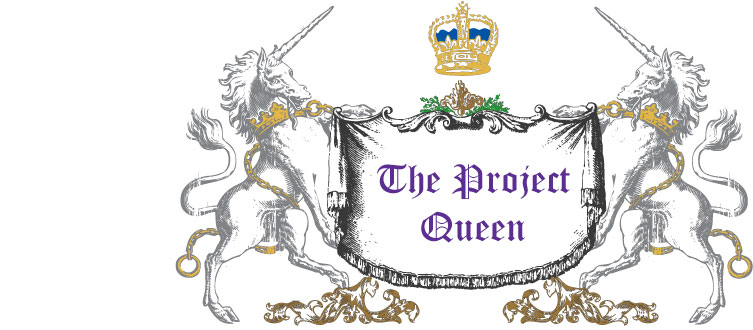Balthasar van der Ast
(1594-1657)
How
many species of roses can you find in this painting?
As Valentine’s Day is nearly upon us (tomorrow), and
procrastinators are scrambling to buy last minute gifts, including those very
expensive rose bouquets, perhaps it’s time the human race becomes reacquainted with
our most powerful symbol of love. And the one plant family whose own history is
so intimately entwined with ours.
The Rosaceae family is incredibly large and very diverse.
Besides the tremendous number of “ornamental” varieties we plant in our yards,
and often torture, there are species of roses we eat all the time. Most of us
just don’t realize it any more. My interest in rose history was piqued when heirloom
roses really started becoming mainstream. I took notice in the early to mid-1990s,
but I think the old rose movement was part of the return to organic/natural
gardening, which started making a resurgence in the 1960s & 70s. Of course,
growing and using fresh herbs was occurring at the same time; along with rediscovering
old recipes for cooking, freshening the home (potpourri), and curing what ails
you. Before the Victorians came along, with their notions of beating nature
into submission with science, and ornamental gardening became a hobby of the
new middle class, roses were multi-purpose herbs. Yes, that includes the rose
we now prize for its flowers alone. They’re edible, and once upon a time most
of them produced fruits called hips.
Have you ever been to a fancy celebration where sugar
coated rose petals decorated a cake? Or perhaps the crazy old lady down the
street gifted you with a jar of rose hip jam. Since those items became a lost
art, especially in the 20th Century US, you might have thought
eating roses was a strange thing to do. I know I did, when I first started seeing
rose recipes in magazines like “Victoria” and “Country Living”. But that’s
because I kind of forgot what I learned in Biology. Are you a strawberry jam
junky? Guess what. You’re eating roses. Remember, I mentioned this is a diverse
family. Other members include apples, pears, and quinces (Fall fruits). The
drupes; otherwise known as stone fruits like apricots, peaches, cherries, plums
and almonds (Summer fruits). Then there are the berries like raspberries and
strawberries (late Spring & early Summer).
So how did the rose become the flower the of love?
Well, I think it started with humankind’s love of eating. Some nutrition
experts seem to be fixated on the hunter part of our history, and maybe
downplay the gatherer part a little too much. But let’s be honest here. We’re
not the biggest creatures on this planet. We also don’t have fangs and sharp
claws. Having meat in our diets took a tremendous amount of work and the
outcome of a hunt certainly wasn’t guaranteed. That makes meat a treat, most
likely in jerky form. The bulk of early man’s diet was plants, because they don’t
run from you, and unless they’re poisonous or have thorns, don’t fight back.
Plants from the rose family are probably one of the first superfoods. Rose hips
are very high in Vitamin C. They’re generally available from late summer into
fall. It’s not hard to imagine stone-age man carrying dried rose hips around in
their pouches, like raisins, once they made the association that consumption of
their rosy snacks kept them from getting sick in the winter. And what’s not to
like about a plant family that makes food at least half the year.
Because of
that early relationship, the rose became civilized with us. Once we settled
down and started becoming all philosophical, it was only a matter of time
before roses meant more than a means of filling our bellies. The heady fragrances
of their flowers spoke to our souls, and their longevity made them mythical
forces to a species which often didn’t get to live very long. (Yes, when this
large plant family is left to its own devices, many members can live a very
long time. Perhaps a resident of one of the Johnny Appleseed states can verify
if any of his apple trees are still alive.) It was everything we admire in
roses which made them the old world’s enduring symbols of both religion and
love. (Even after chocolate hopped the pond, it couldn’t unseat the queen of
flowers from her throne.)
If your budget isn’t compatible with a big, fancy
bouquet of the flowers, don’t be ashamed of your chocolate covered strawberries
or cherries. Heck, if you want to be globally inclusive, give the gift of a chocolate
coated, gourmet candy apple. Quite frankly, I can’t think of a more poetic way
to show your devotion (and express your amorous intent). In the event your
significant other complains you didn’t give them even a single rose, you smile
sweetly and say, “Of course I did, my darling. You’re eating it.”
Happy Valentine’s Day!
The
Project Queen
P.S. – If you can’t find chocolate covered, candied
apples or truly procrastinated to the last moment, core and slice a couple of
your favorite apples and turn them into a shareable dessert for two. Place them
in the prettiest bowl you have, then drizzle with good quality caramel and
chocolate sauce. Indulge in the sensual act of eating with and licking each
other’s fingers. After all, the spirit of the holiday is about reconnecting
with the one we love the most.

